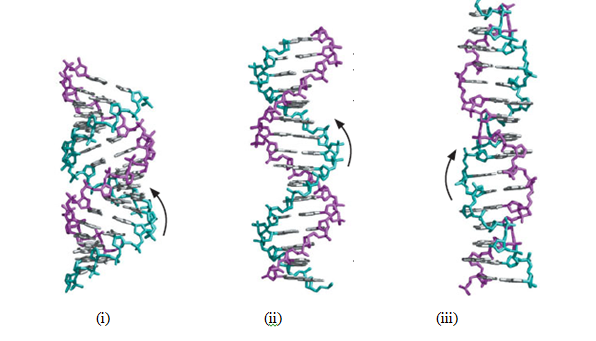#Question id: 10953
#Unit 7. System Physiology – Animal
What condition leads to a deficiency in factor IX that can be corrected by an intravenous injection of vitamin K?
#Question id: 10954
#Unit 7. System Physiology – Animal
A patient suffers from a congenital deficiency in factor XIII (fibrin-stabilizing factor). What would analysis of his blood reveal?
#Question id: 10955
#Unit 7. System Physiology – Animal
A 2-year-old boy bruises easily and has previously had bleeding gums. The maternal grandfather has a bleeding disorder. His physical examination shows several small bruises on the legs. Of which coagulation factor would you suspect this patient to be deficient?
#Question id: 10957
#Unit 7. System Physiology – Animal
Which of the following would most likely be used for prophylaxis of transient ischemic heart attack?
#Question id: 10958
#Unit 7. System Physiology – Animal
Which of the following would be appropriate therapy for massive pulmonary embolism?
#Question id: 10959
#Unit 7. System Physiology – Animal
Which of the following would best explain a prolonged bleeding time test?

